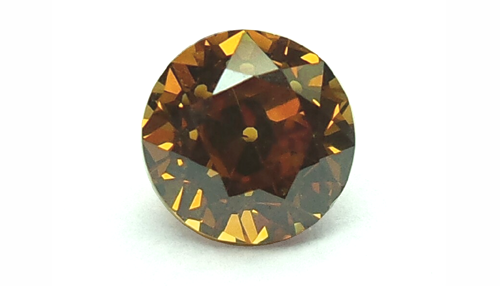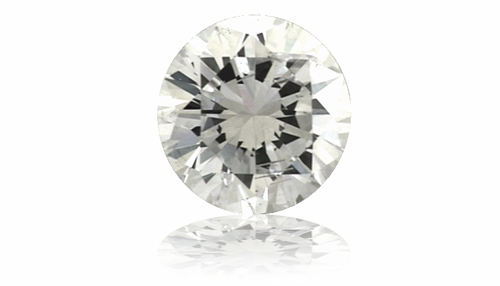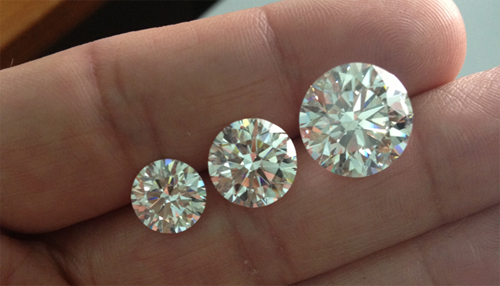Synthetics
A laboratory-grown diamond (also known as a laboratory-created diamond, a man-made diamond or a synthetic diamond) is a diamond produced by an artificial process, duplicating the environment under which natural diamonds are created in geological processes.
These diamonds have the same carbon crystal structure as natural diamonds, and, therefore, possess the same optical and chemical properties, including brilliancy, hardness, toughness and stability as their natural counterparts.
There are two types of Laboratory-grown diamonds:
HPHT (High Pressure High Temperature)
HPHT synthetic diamond are grown in a laboratory by duplicating the conditions of natural diamond crystallization in the deep earth.
The process involves subjecting small diamonds, called seeds, to high temperature and high pressure conditions inside a pressing chamber called autoclave. The seeds are placed at the bottom of the chamber, together with a solvent metal (usually iron or nickel). The chamber is then heated over 1300°c and produce high pressure by pressing the walls towards the center, causing the metal to dissolve the carbon. The dissolved carbon is then recrystallized on the small seeds and formed new synthetic layers.
The HPHT-grown rough shape has a unique appearance of octahedral and cube faces with a flat base. However, after being polished, both origins looks the same.
HPHT process is the more suitable choice for industrial applications thanks to its mass-production of high-quality diamond crystals. In the diamond trade, HPHT is mainly used for growing small (melee) or colored diamonds.

HPHT-grown synthetic Diamond
CVD (Chemical Vapor Deposition)
CVD grown diamonds are formed in a cell using lower temperatures compared to HPHT (of around 700 to 900°c) and with almost no pressure.
A hydrocarbon gas (usually methane) is streamed above a plain of diamond seeds. The gas is heated and broken to its atom components by an intense plasma or a hot filament, and the released carbon atoms of the gas are being suspended in the air, creating a plasma cloud. Some of the carbon atoms in the plasma cloud descend and integrate with the seeds below, creating new synthetic layers.
The CVD-grown rough shape is versatile, and usually possesses a square-shaped tabular crystal.
The CVD diamonds are of type II structure, making them the best candidates for post growth HPHT treatment, which removes their brown coloration. Therefore, in the diamond trade, CVD is mainly used for growing colorless diamonds.
The CVD diamond is the preferred choice for growing diamonds over a large surface or various materials, and for controlling the impurities and clarity grade.

CVD-grown synthetic Diamond
Laboratory-grown diamonds are not considered to be diamond imitations, but they must be clearly disclosed to be of non-natural origin.
Except some old generation HPHT-grown diamonds, which can identified by their distinct inclusions and magnetism property, most HPHT and CVD grown diamonds requires the need for advanced instruments, such as spectrometers, in order to be properly identified. GWLAB is equipped with such instruments and every diamond submitted to GWLAB for grading is tested to identify its origin.

Laboratory grown diamonds are indistinguishable from their natural
counterparts without the use of advanced instrumentation

